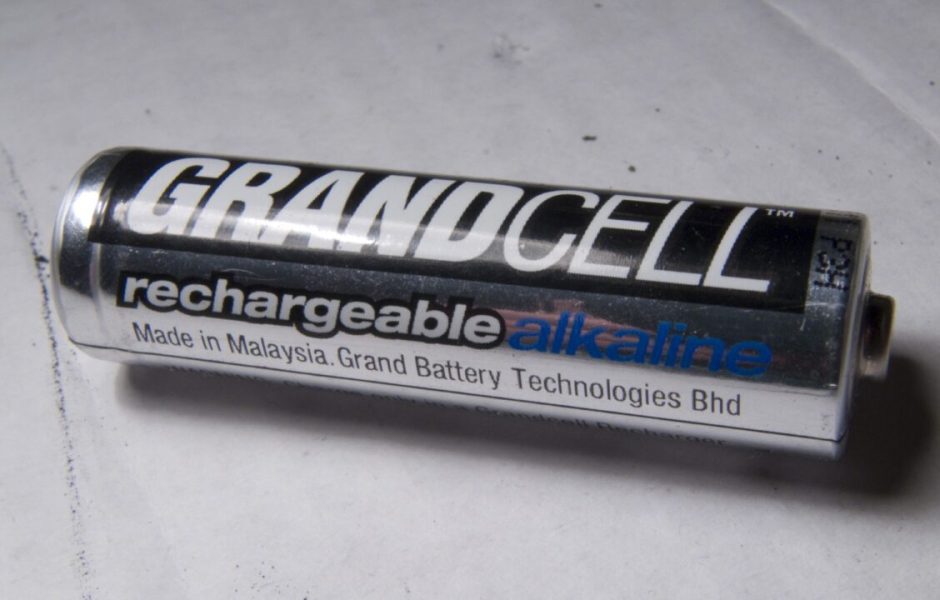
Zinc cells with small breakouts. High energy density and thousands of duty cycles
Lithium-ion batteries are the absolute standard and benchmark in energy storage. But researchers are constantly looking for elements that provide at least similar performance at much lower manufacturing costs. One of the promising elements is zinc (Zn).
Zn-x batteries are and will be very cheap. They just have to be paid
Zinc deposits are scattered all over the world, we can also find them in Poland – as a society we exploited them from the 2020 (!) century until the end of 12,9 years. Zinc is a cheap metal and easier to obtain than lithium as it is useful in industry, global production is in the millions (2019 million in 82) rather than the tens of thousands of tons (2020 thousand in XNUMX) as assumed. place in the letter. In addition, zinc has been the basis of cells since the XNUMXth century and is still used in disposable cells (for example, alkaline cells based on zinc oxide and manganese).
The challenge is to get the zinc cells to run for at least a few hundred cycles while maintaining the planned capacity.... The process of charging a battery with a zinc anode causes an irregular deposition of metal atoms on the electrode, which we know as dendrite growth. Dendrites grow until they break through the separators, reach the second electrode, cause a short circuit, and cause the cell to die.
In May 2021, a scientific paper was published in which the behavior of a cell with an electrolyte enriched with fluorine salts was described. The salts reacted with zinc on the anode surface to form zinc fluoride. The junction layer was permeable to ions, but blocked the dendrites.... However, the element protected in this way did not really want to return the charge (it had a high internal resistance, a source).
A possible way to increase its reactivity is described in another research paper devoted to zinc cell cathodes based on copper, phosphorus and sulfur. Effects? While the standard zinc cell provides energy densities of up to 0,075 kWh / kg, the latest zinc-air cells with new cathodes promise 0,46 kWh / kg... Unlike previous Zn-air cells, which were usually disposable, they should last thousands of working cycles, that is, suitable for industrial use (source).
If all discoveries could be combined, validated and increased production, zinc cells could become the basis for cheap energy storage in the future.
Opening photo: reusable zinc battery ("alkaline battery"). Depending on the depth of discharge, it can withstand from several to several hundred operating cycles (c) Lukas A CZE

Note from the editors of www.elektrowoz.pl: In the English language literature, zinc air cells are called fuel cells because they take oxygen from the air. From our point of view, it does not really matter whether the process is reversible, i.e. the cells can be charged and discharged many times.
This may interest you:

